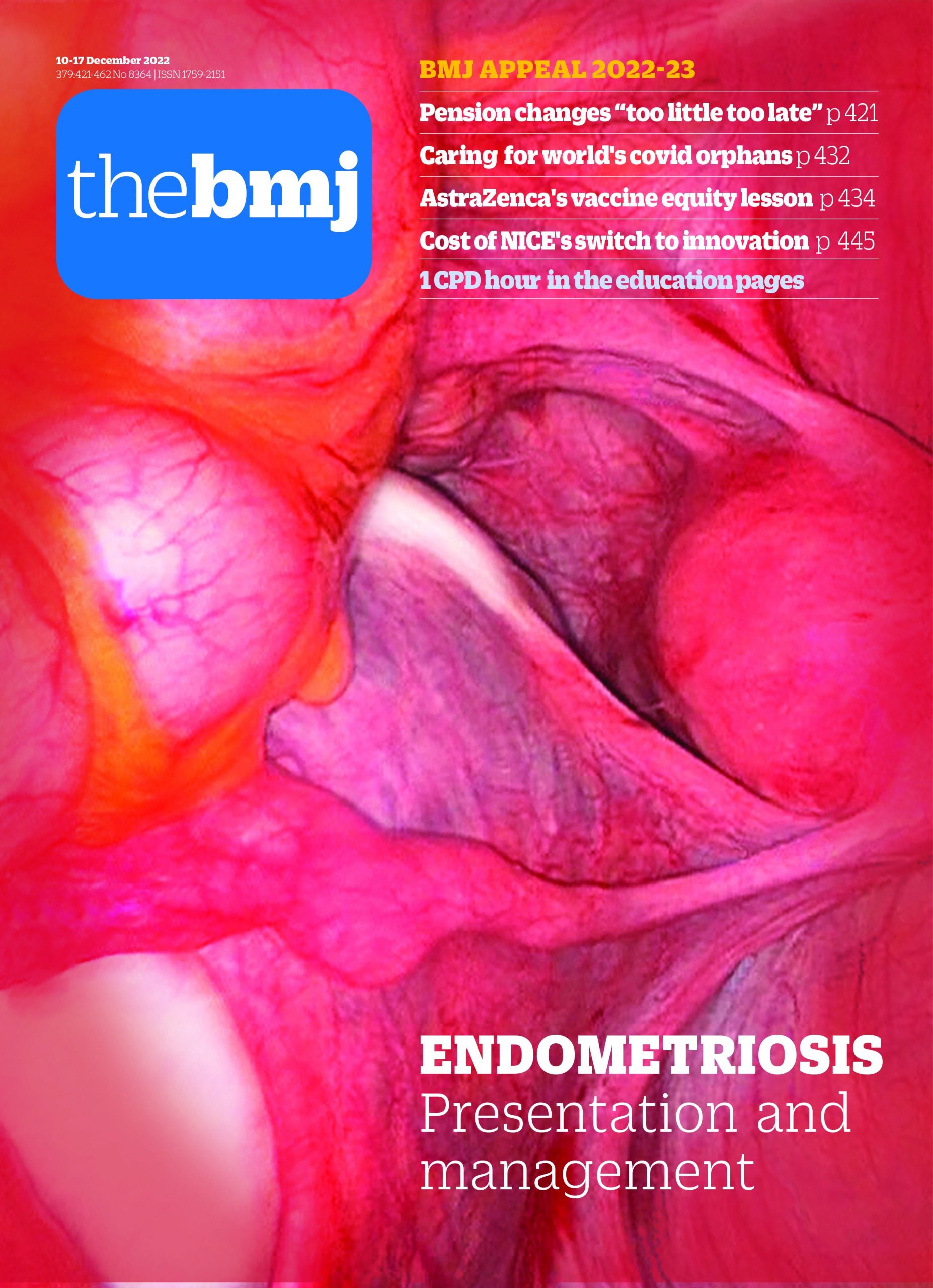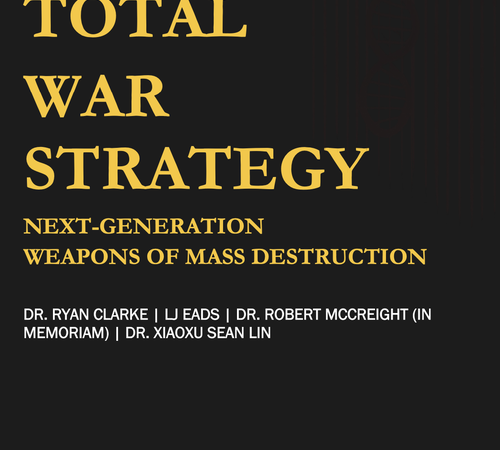She-Hulk: an incredible case of transfusion associated graft versus host disease


- Neil A Barrett, consultant paediatric haematologist1
- 1Children’s Health Ireland—Department of Haematology, Dublin, Ireland
- neil.barrett{at}olchc.ie
Transfusion associated graft versus host disease (TaGVHD) is a rare complication of blood transfusion in which viable lymphocytes within a blood product engraft (survive and proliferate) in a recipient. This process results in an almost always fatal form of graft versus host disease,1 with donor T cells attacking multiple organs, notably the skin, liver, gastrointestinal tract, and bone marrow.
This paper analyses a high profile case of non-lethal TaGVHD due to inadvertent blood contamination of an open wound after a car accident.2 While both donor and recipient survived the crash and contamination, the recipient was left with unexpected side effects, namely inheriting the ability of the donor to transform into an enormous green rage monster.
The celebrity nature of this case means that the identities of both donor and recipient as well as the details of the incident are already in the public domain. The donor is Bruce Banner MD, PhD, PhD, PhD, PhD, PhD, PhD, PhD,3 otherwise known as the strongest Avenger.4 The recipient is Jennifer Walters, JD—also known as She-Hulk2 of high profile law firm Goodman, Lieber, Kurtzberg, and Holliway, the only legal firm in the world representing superhuman clients. Walters recently made headlines after a trademark dispute with Instagrammer Titania, and as such, no details of the case are confidential.
This paper describes the risk factors for TaGVHD present in this case, discusses additional haematological phenomena that might be occurring, and suggests further research aims that might advance our understanding of transfusion medicine.
Risk factors for TaGVHD present in the case
Shared genetic makeup
The donor has revealed that he and the recipient, his first cousin, share rare combination genetic factors that allow them to synthesise γ radiation.2 They might also share HLA haplotypes. Among the risk factors for TaGVHD (box 1), one is partial HLA similarity between the donor and host, because HLA similarity could give donor T cells an increased ability to avoid the host immune system and engraft.5 For this reason (among many others), blood donations from one family member to another (eg, parent to child) are often strongly discouraged.6
Risk factors for TaGVHD and indications for blood product irradiation
Immunocompromised host
-
Fetal recipients of intrauterine transfusion (IUT) or neonates who received previous IUT
-
Patients with congenital T lymphocyte immune deficiency (not including HIV/AIDS)
-
Patients with history of Hodgkin’s lymphoma
-
Patients with previous T cell depleting treatment: anti-thymocyte globulin§, purine analogues, alemtuzimab§
-
Recipients of haematopoietic stem cell transplantation from time of conditioning*†
Degree of HLA matching between donor and recipient
Product factors
-
TaGVHD=transfusion associated graft versus host disease.
-
*For auto-transplantation, from eight days before collection to three months after transplantation; for allo-transplantation, from time of conditioning to at least six months after transplantation.
-
†Potential instant conditioning in this case.
-
‡Present in this case.
-
§If not part of conditioning for solid organ transplantation or part of treatment of multiple sclerosis or vasculitis
It is noted that in extremis (noted as an adjective, and not to be confused with EXTREMIS bioelectric nanotechnology developed by Maya Hansan and Aldrich Killian), alternate versions of Dr Banner rampaging around the multiverse, with total disregard to best transfusion practice, carried out a direct donation7 of his own blood to prevent Ms Walters exsanguinating from a similar accident.
Instant conditioning
Patients with immunocompromising conditions are also at higher risk for TaGVHD, for example, those who have undergone regimens for stem cell transplantation conditioning such as total body irradiation. In this case, the recipient received a so-called lethal dose of γ radiation,2 which could have weakened her endogenous T lymphocyte response enough to lead to engraftment—in effect, a form of instantaneous transplantation conditioning.
Whole non-leucodepleted blood
In the present case, whole, unfiltered (non-leucodepleted) blood without exogenous irradiation was introduced from the donor into the recipient. In the UK, universal pre-storage leucodepletion of blood products was introduced in 1999 with the primary intention to reduce transmission risk of variant Creutzfeldt-Jakob disease in the blood supply. However, several other benefits have been observed,8 including a reduced risk of other infections through transfusion (notably cytomegalovirus9) and lower occurrence of TaGVHD. With widespread pre-storage leucodepletion, no cases of TaGVHD involving leucodepleted blood10 in the UK have been reported in the annual haemovigilance SHOT (serious hazards of transfusion) reports11 in more than 20 years. However, the definition of adequate leucoreduction depends on statistical sampling of a small proportion of cellular products. This process might fail to achieve desired levels of depletion in all patients, and certainly TaGVHD continues to be reported internationally in the era of leucodepletion. While filtration is generally highly efficient,12 concerns could arise in the setting of Hulk lymphocytes that might be able to “smash” through filters.
Irradiation
In the presence of risk factors for TaGVHD (box 1), irradiation is used as additional step to eliminate engraftment potential of any residual T lymphocytes that might be present after leucodepletion. The 2020 guideline from the British Committee for Standards in Haematology for use of irradiated blood components recommends that irradiation delivers at least 25 Gy of x ray or γ radiation, with strict control of dose and distribution within the product.13
Standard dose irradiation of blood component from a Hulk (both made of γ14 and purportedly resistant to γ radiation), even if donated while in human form, might not be efficacious.
While Dr Banner has never specifically mentioned an immunity to the effects of x rays, their lower energy relative to the highest energy γ rays could be described as “puny” (to paraphrase Dr Banner) and might therefore be insufficient for irradiating Hulk blood component.
The “gamma” produced endogenously within Dr Banner apparently does not suppress his T cells to the point that he experiences recurrent infections. However, “gamma” produced in Ms Walters’ post-transfusion blood could be modulating donor T cells, thereby preventing fatal effects of graft versus host disease. Her ability to produce “gamma” is different (in a better way)2 from her cousin’s and could provide engrafted cells with “just the right amount of rage.”
Hulks can have prolonged side effects from very high levels of γ radiation, including after exposure to infinity stones.14 However, because most blood processing facilities lack access to infinity gauntlets, achieving this level of γ dosage is impossible for most blood centres.
Discussion
In this incredible case of non-lethal TaGVHD, whole blood transfusion from donor to recipient with multiple risk factors for TaGVHD seems to have merely transferred superhuman abilities. Several extraordinary factors could have safeguarded against disaster in this accidental transfusion. While wildly speculative, the endogenous γ production unique to Ms Walters’ genetic makeup could have been key in the modulation of engrafted cell activity specifically preventing fatal TaGVHD; therefore, the outcome of this accidental transfusion might not be readily reproducible.
While attempts have since been made to gain access to samples from Ms Walters, replication studies are unlikely. Dr Banner has strongly refused any attempts to replicate the findings, going so far as to destroy all known samples of Ms Walters’ blood (it is considered inadvisable to make him angry).2 Furthermore, ethics committees are unlikely to approve further research under the rules of the Helsinki declaration,15 or indeed under the Sokovia accords (although New York based attorney Matt Murdock confirmed during a recent public court proceeding that the Sokovia accords have been repealed).
While HLA disparities between Hulk blood and human recipients could reduce the risk of TaGVHD, transfusion of blood from Hulks remains highly inadvisable on safety grounds, even with leucodepletion and irradiation. Given unpredictable outcomes, any history of so-called Hulk-ing out or turning into an enormous green rage monster should be added to the exclusion criteria for blood donation in pre-donation screening questionnaires.1617
Several other manifestations of TaGVHD in this case warrant further discussion. Firstly, the verdant hue of the recipient raises several questions based on our current, nascent understanding of Hulk physiology and knowledge of graft versus host disease. In particular, why a green colour rather than red or yellow?
In TaGVHD, infiltration of the of the skin by engrafted donor T lymphocytes typically produces a diffuse, erythrodermic (red) rash. Red Hulks have been described in case reports,18 with near global skin effects characterised by intense heat emission, consistent with acute inflammation or indeed hyperfebrile reactions. Alternatively, graft versus host disease of the liver could cause hepatic failure, giving rise to jaundice. Yellow Hulks have also been described in preprints,19 and intense pruritus might of course be enraging. Even more notably, advanced graft versus host disease of the liver could produce a prolonged conjugated hyperbilirubinemia and a more classical Hulk green skin as cutaneous bilirubin is oxidised to biliverdin.20 In the present case, it is not clear whether the discolouration of Walters’ skin results from a genetic trait specific to her family or an attribute of the donor. Given the apparently high tolerance of alcohol observed in Hulks,2 liver disease is unlikely to be the mechanism.
Secondly, Ms Walters now also experiences reversible, stress induced muscular hypertrophy with unclear underlying physiological mechanism. One possibility is that the inadvertently transfused peripheral blood contained cells with myogenic potential. Cells in the peripheral blood expressing the surface marker CD133 have been shown to have the ability to form muscular satellite cells and myofibres.21 Since physiological22 and even psychological stress23 can cause mobilisation of stem cells of various potentials into peripheral blood, this mechanism could underlie both the enrichment of the transfused blood with stem cells (at the time of an accident caused by unexpected alien visitation) and the subsequent ability of the recipient to transform when she allows her stress to manifest (although in an exceptionally controlled manner).
Finally, there is one somewhat related report24 of a failed attempt to transfer superhuman capabilities via bone marrow transplantation. Owing to the reclusive donor’s history of orthopaedic surgery, harvesting bone marrow from his bone claws—a non-traditional harvest site—would require adamantium (or vibranium) collection needles, or, indeed, a gigantic adamantium samurai exosuit and remains purely theoretical.
Conclusion
While superheroes as blood and bone marrow donors capture the imagination, the safety of engaging superpowered individuals as donors is far from established. However, it is hoped that this case encourages normal humans to donate blood—allowing them to become the real heroes. The current campaign by UK NHS Blood and Transplant and the Wakandan government, “Not Family, but Blood” (#inourblood),25 highlights the urgent need for blood donors of Black African or Black Caribbean heritage, owing to the increased diversity of red blood cell antigens and the increased incidence of blood disorders such as sickle cell disease26 within this population group. Real heroes rising from superpowered tales would be truly incredible.
Footnotes
-
Competing interests: I have read and understood BMJ policy on declaration of interests and declare the following interests: none.
-
Provenance and peer review: Commissioned; externally peer reviewed.



